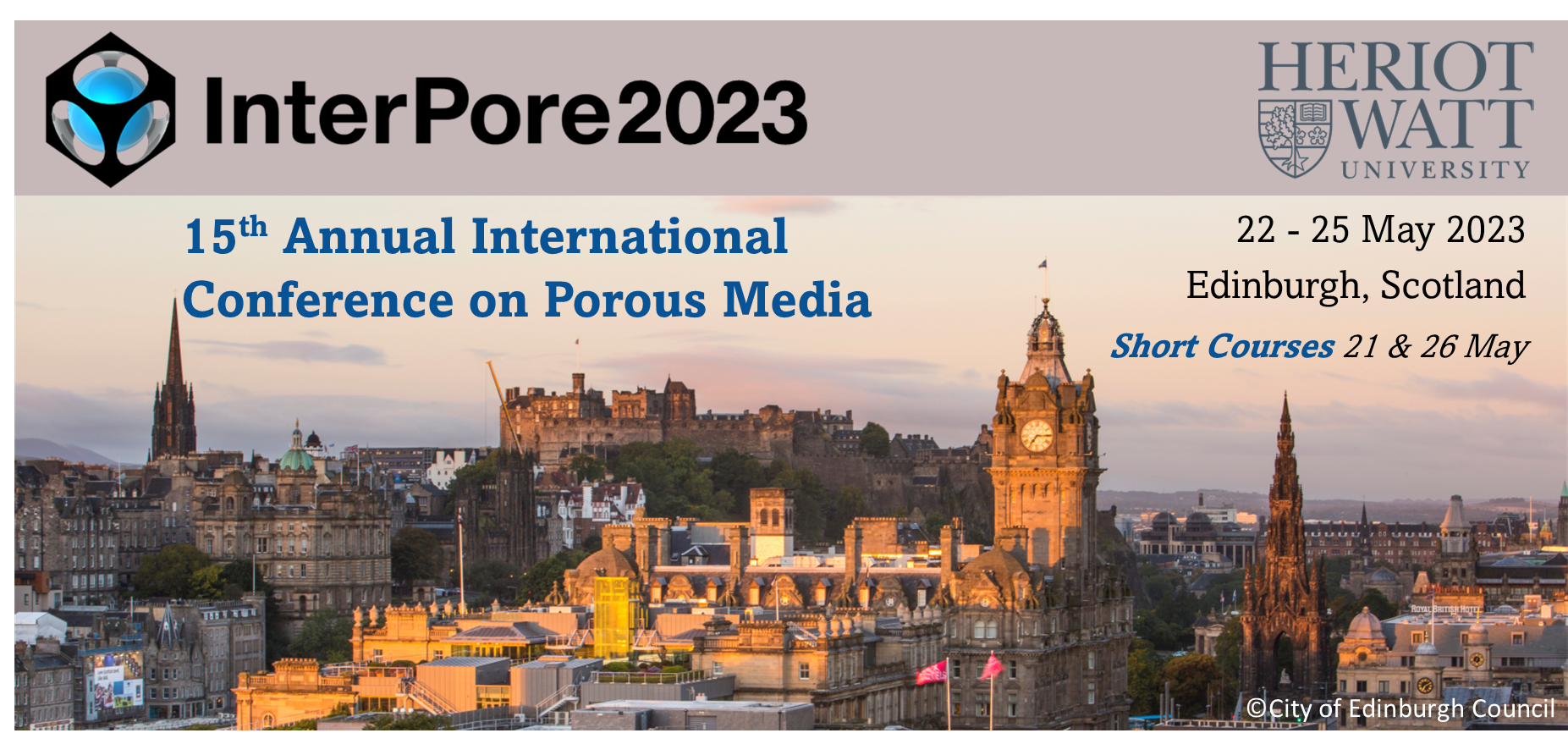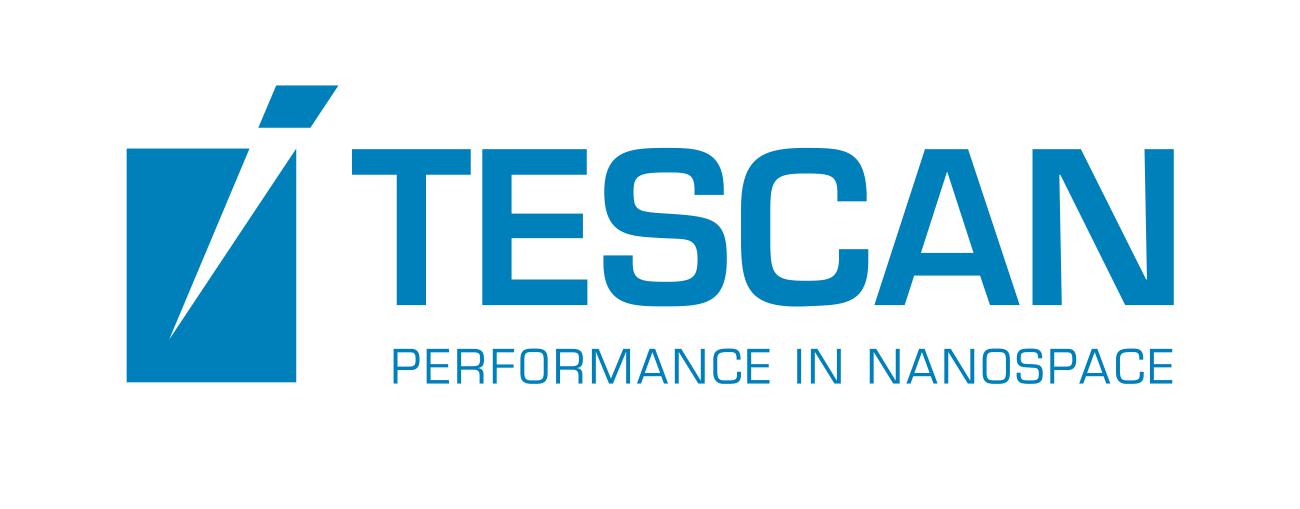Speaker
Description
Drying of porous media is central to a broad range of natural and engineering applications, such as soil drying, food and pharmaceutical industries and CO$_2$ sequestration. It is essentially a multiphase flow process, where the liquid phase evaporates and is displaced/replaced by the gaseous phases, as vapor diffuses out of the porous structure. Drying of porous media plays a crucial role in various flow and transport processes. For instance, in soil, drying and rewetting processes control water and solute and nutrient transport. In CO$_2$ sequestration, drying controls salt precipitation. To make drying of porous media more complicated yet more interesting, many porous solid matrices display multi-scale variability in pore structure and physical properties such as porosity and permeability. For instance, in critical zone, soil is often viewed as a hierarchical organization: primary particles of a few micrometers in size form microaggregates of hundreds of micrometers in size, which in turn form macroaggregates, effectively leading to dual porosity in the porous media. The resultant multi-scale flow dynamics and inter-/intra-aggregate interaction in this system are recognized to control numerous processes, such as water and gaseous transport. However, the underlying physics including fluid mechanics and thermodynamics, is not well understood.
To that end, the multi-phase flow of air and water was investigated using a novel 2D dual-porosity microfluidic device, with a focus on the multi-scale interaction and the role of corner film flows. The microfluidic device, constructed in a glass-silicon-glass architecture, offers precise structure and excellent optical access. To perform the experiment, the dual-porosity micromodel was pre-saturated with DI water, which was subsequently displaced by air at a constant flow rate until a steady phase configuration was achieved typically within a few minutes. Air was then continuously injected at a constant flow rate until water completely dries out, which typically takes serval hours. The entire process was quantified using a dual-magnification micro-PIV system, providing valuable insight into the flow dynamics at both micro- and macro-scales simultaneously. Our preliminary results have revealed interesting behaviors of the drying rate curve, which is significantly different from the traditional three-step process due to altered transport. We also observed that during the drying process, larger pores were depleted first, following which corner films and small pores were depleted, which can presumably be attributed to capillary pumping from large pores to small pores. The next steps will be to develop scaling laws to predict drying rate and quantify micro-macro-pore interaction based on the micro-PIV measurement.
| Participation | In-Person |
|---|---|
| Country | United States |
| MDPI Energies Student Poster Award | No, do not submit my presenation for the student posters award. |
| Acceptance of the Terms & Conditions | Click here to agree |







